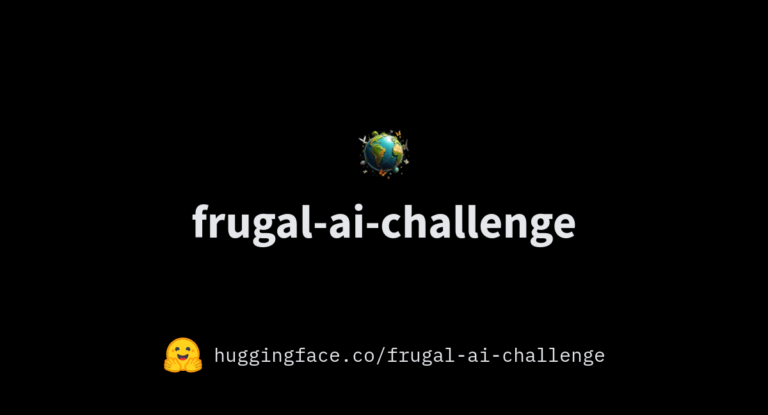Global approach of standardization
for AI environmental sustainability
The objective of this roadmap is to ensure efficient use of resources, reduce confusion, promote consistency in the measurement of the environmental impact of Artificial Intelligence (AI), and facilitate the widespread adoption of best practices in that regard. Contributors wish to work towards non-conflictual standards to measure the environmental impact of AI and encourage collaboration between international standardization bodies to avoid, as far as possible, the duplication and overlaps of standards.
In order to disseminate a common approach in the deployment of resource- and climate-friendly artificial intelligence, a group of international experts proposes to standardize the assessment of its environmental impact, via a clear and coherent roadmap.
The roadmap aims to:
- Align standardization efforts at the international level to avoid duplication and contradictions between different initiatives.
- Develop common indicators allowing a transparent and harmonized assessment of the environmental impact of AI, based on robust methodologies such as Life Cycle Assessment and existing environmental management standards.
- Facilitate the adoption of best practices in eco-responsible AI design, in particular by integrating strategies for optimizing infrastructures, models and algorithms.
- Encourage collaboration between public and private actors, by structuring exchanges between regulators, technology companies and research organizations.
This work stems from a global initiative launched on October 10 at UNESCO headquarters, bringing together experts from ISO, ITU and IEEE, in partnership with the OECD and UNESCO. Led by the Ecolab of the General Commission for Sustainable Development, this initiative made it possible to organize four working meetings to ensure better coordination between standardization bodies and optimize resources dedicated to reducing the environmental impact of AI.
In a context where many initiatives are emerging around the world to assess and mitigate the environmental footprint of AI, the lack of coordination could slow their adoption and generate conflicting methodologies. Thanks to this concerted approach, the foundations for consistent standardization aligned with sustainability issues are laid.
Contributors wish to extend coordination efforts at future AI summits and ensure responsible and sustainable adoption of AI technologies.








